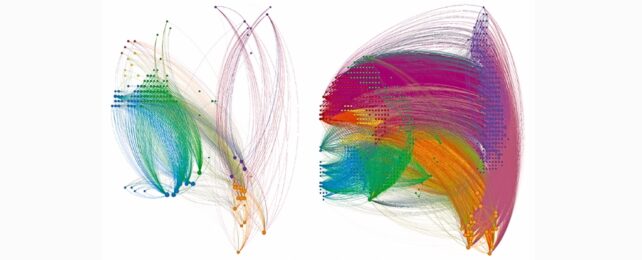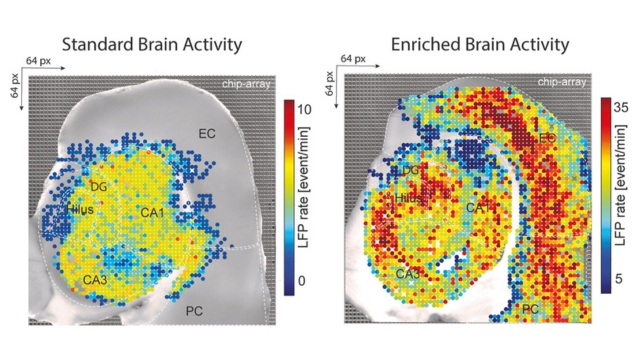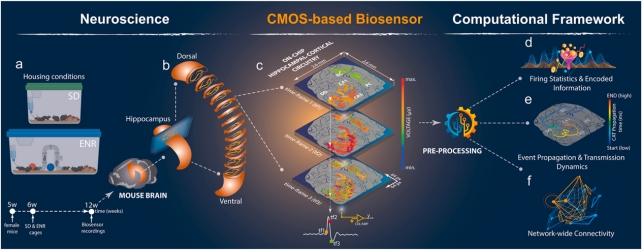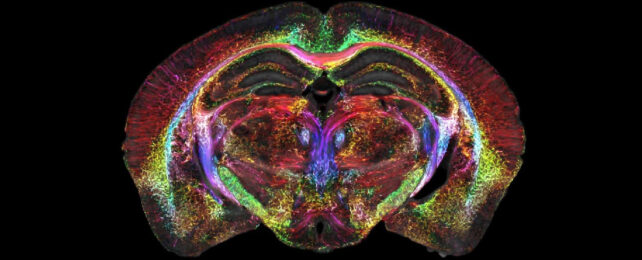The brains in mice benefit from an active and varied lifestyle by forming enhanced neural connections.
Researchers in Germany compared the brain activity of mice raised in different environments and found those raised in an 'enriched' environment had more activity in their hippocampus, suggesting the presence of a more robust and connected neural network.
Because of its central role in learning and memory, the human hippocampus is frequently affected by degenerative brain diseases like Alzheimer's.

"The results by far exceeded our expectations," says neuroscientist and biomedical engineer Hayder Amin from the German Center for Neurodegenerative Diseases (DZNE), "Simplified, one can say that the neurons of mice from the enriched environment were much more interconnected than those raised in standard housing."
The findings, based on Amin and colleagues' "brain-on-chip" technology and computational analysis tools, could help to support and prevent brain dysfunctions and lead to new brain-inspired artificial intelligence methods.
"We have uncovered a wealth of data that illustrates the benefits of a brain shaped by rich experience," says Gerd Kempermann, an adult neurogenesis researcher at DZNE.
The scientists compared brain tissue from two groups of 12-week-old mice whose experiences began from six weeks of age. One group lived in standard cages that had no special features or fun activities to partake in, just food, water, and nesting materials.
The other group had the time of their lives in larger cages with toys, tunnels, plastic tubes fashioned into mazes, extra nesting material, and little houses, which sure does sound like a great weekend, even for a human.
The researchers examined brain tissue using a complementary metal–oxide–semiconductor (CMOS) based neurochip with 4,096 electrodes to record the firing of thousands of neurons at once.
They were able to measure connectivity between the entire hippocampus and the brain's outer layer that governs a whole heap of cognition processes, which they grouped into six interconnected hippocampal-cortical regions.

"No matter which parameter we looked at, a richer experience literally boosted connections in the neuronal networks," says Amin. "These findings suggest that leading an active and varied life shapes the brain on whole new grounds."
It's been known for some time that our experiences leave a mark on our brain's connectivity, but this demonstrates just how significant those marks can be.
"All we knew in this area so far has either been taken from studies with single electrodes or imaging techniques like magnetic resonance imaging," Kempermann explains. "Here, we can literally see the circuitry at work down to the scale of single cells."

Amin, Kempermann, and the rest of the team hope their tools could be expanded to look at how social interactions, physical activity, and learning processes, all of which have a big impact on how the brain works, affect the brain's function.
Of course, the results were seen in mice brains, not humans, but studying the entire hippocampus gives them a larger-scale view of functional connectivity.
The scientists think that mapping and understanding how experiences change the connectome could help find the mechanisms that cause brain dysfunctions and identify new targets for more effective treatments in the future.
Their platform could lay the groundwork for prosthetic devices that mimic brain functions to restore and improve memory capabilities lost due to aging or disease.
"This paves the way to understand the role of plasticity and reserve formation in combating neurodegenerative diseases, especially with respect to novel preventive strategies," Kempermann says.
"Also, this will help provide insights into disease processes associated with neurodegeneration, such as dysfunctions of brain networks."
The study has been published in Biosensors and Bioelectronics.
